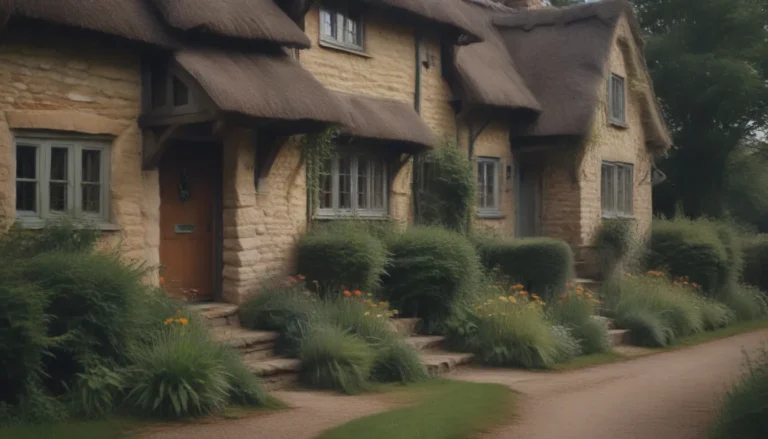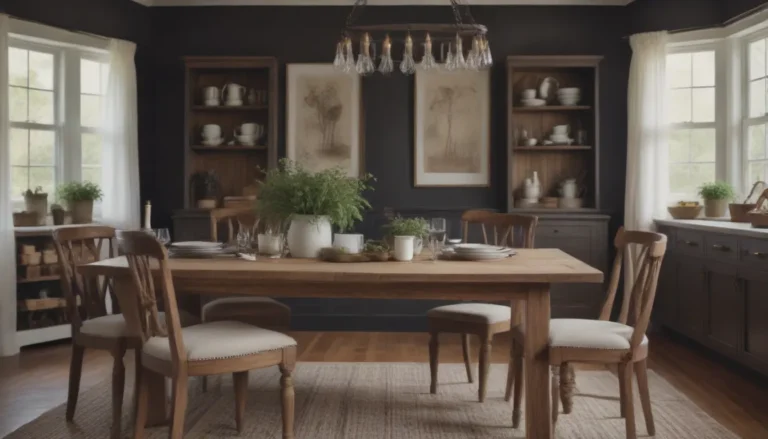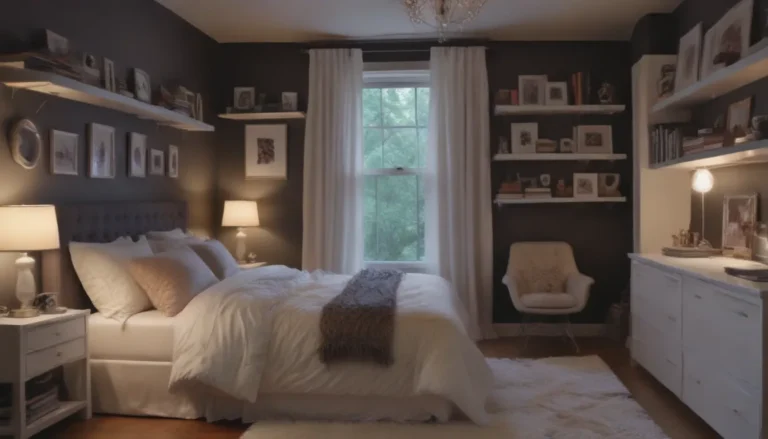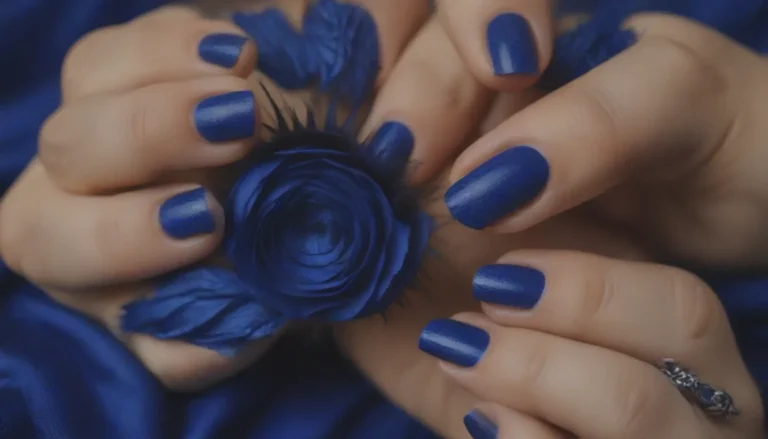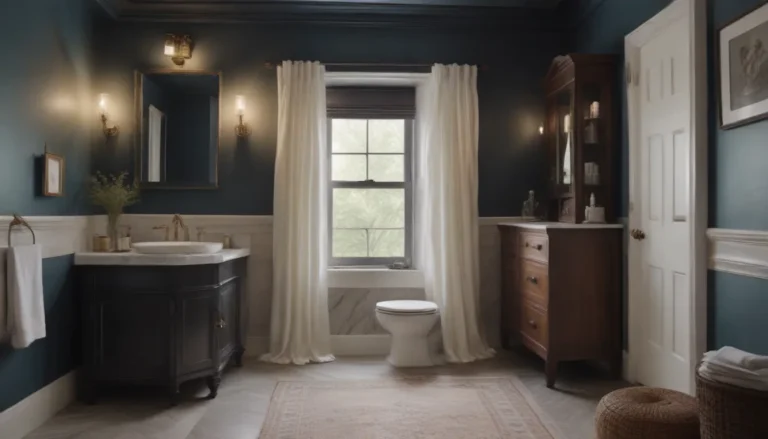The Ultimate Guide to Contact Paper: Transform Your Home with this Versatile Material
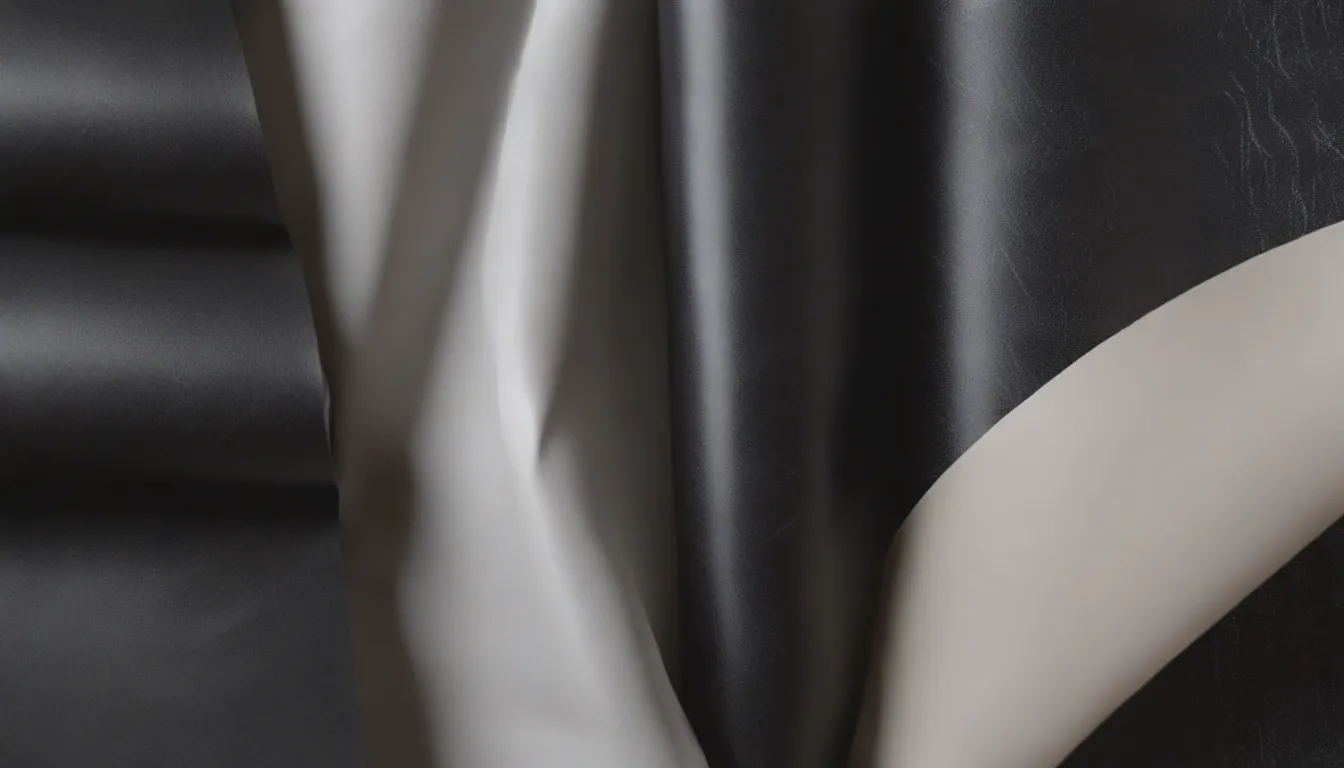
Contact paper is not just a sticky vinyl sheet; it’s a versatile material that can completely change the look and feel of your home. Whether you want to redecorate your countertops, protect your furniture, or add a decorative touch to your accessories, contact paper has got you covered. In this comprehensive guide, we’ll explore the various uses of contact paper, how it’s made, how to effectively use it, and much more. So grab your scissors and let’s dive into the world of contact paper!
What Is Contact Paper?
Contact paper is an adhesive vinyl that comes in a wide range of colors and patterns. It is commonly used for decorating, covering, protecting, and lining drawers, shelves, and other flat surfaces. While some people may think of contact paper as a temporary solution, it can actually be a long-lasting and stylish addition to your home decor.
Uses For Contact Paper
The uses for contact paper are truly endless. Whether you want to refresh your kitchen cabinets, protect your flooring, or add a touch of elegance to your accessories, contact paper is the perfect solution. Here are some creative ideas to get you started:
- Marble: Achieve the luxurious look of marble countertops without breaking the bank.
- Granite: Give your old coffee table a sleek and modern makeover with granite contact paper.
- Stainless Steel: Add an industrial touch to your kitchen appliances with stainless steel contact paper.
- Tile: Create a colorful backsplash in your kitchen or bathroom using tile-patterned contact paper.
Warning
When using contact paper for countertops, remember not to place hot pots directly on the material and avoid cutting food on it. Although contact paper is durable, it may not withstand extreme temperatures or sharp objects.
Protect a Surface
Traditionally, contact paper was used to line kitchen shelves and drawers to protect them from wear and tear. However, you can take this a step further by using contact paper to upgrade your flooring, decorate your doors, or cover your windows. The possibilities are endless!
- Flooring Upgrades: Give your plain old floors a new lease of life with stylish contact paper.
- Decorating Doors: Add a pop of color to your doors with decorative contact paper.
- Covering Windows: Create privacy and style by covering your windows with frosted contact paper.
Revive Old Furniture
Contact paper is a game-changer when it comes to reviving old furniture. Instead of sanding, staining, or painting, simply cover your dresser or chest with contact paper in a design that suits your style. Finish off the look with decorative pulls or knobs for a complete transformation.
Add a Decorative Touch
If you’re looking for a smaller project, consider adding a decorative touch to a tray, picture frame, lampshade, or even a laptop using contact paper. Since contact paper is water-resistant, you can rest assured that spills won’t ruin your new decor.
What Is Contact Paper Made Of?
Contact paper is essentially self-adhesive vinyl, consisting of a vinyl top layer and a strong water-based adhesive bottom layer. While the vinyl is waterproof, the adhesive is not waterproof. Overall, contact paper is considered water-resistant, making it a suitable choice for various applications in your home.
Is Contact Paper Removable?
One of the key benefits of contact paper is its removability. Newer brands of contact paper are designed to be easily removable, allowing you to change your decor as often as you like. However, if you’re struggling to remove old contact paper, applying heat from a hair dryer can help loosen it. If the paper leaves a sticky residue, simply clean it with a sponge and mild detergent or a commercial adhesive remover.
Contact Paper vs. Wallpaper
While contact paper and wallpaper may seem similar, there are some key differences between the two:
- Contact Paper: Mostly used on horizontal surfaces such as countertops and shelves. Less expensive and easily removable. Sold in rolls or sheets.
- Wallpaper: Mostly used on vertical surfaces such as walls. More expensive and more difficult to remove if not peel-and-stick. Only sold in rolls.
How to Use Contact Paper
Using contact paper is a simple process, but there are a few steps you can follow to ensure a smooth and easy application:
- Measure: Measure the surface you want to cover with contact paper to ensure you have enough material.
- Clean: Clean the surface thoroughly to remove any dust or debris that may affect the adhesive.
- Peel: Peel the backing off the contact paper starting from one corner.
- Stick: Carefully align the contact paper with the surface and slowly stick it down, smoothing out any air bubbles as you go.
- Trim: Use a sharp utility knife to trim any excess paper for a clean finish.
- Enjoy: Sit back and admire your newly transformed space!
By following these steps, you can effectively use contact paper to enhance your home decor and protect your surfaces in a stylish and affordable way.
Conclusion
Contact paper is a versatile material that can add style, protection, and creativity to your home. Whether you’re looking to update your countertops, revive old furniture, or add a decorative touch to your accessories, contact paper offers a practical and cost-effective solution. With its wide range of colors and patterns, as well as its easy removability, contact paper is a must-have for any DIY enthusiast. So next time you’re looking to make a change to your home decor, consider reaching for the contact paper and let your creativity take over!
